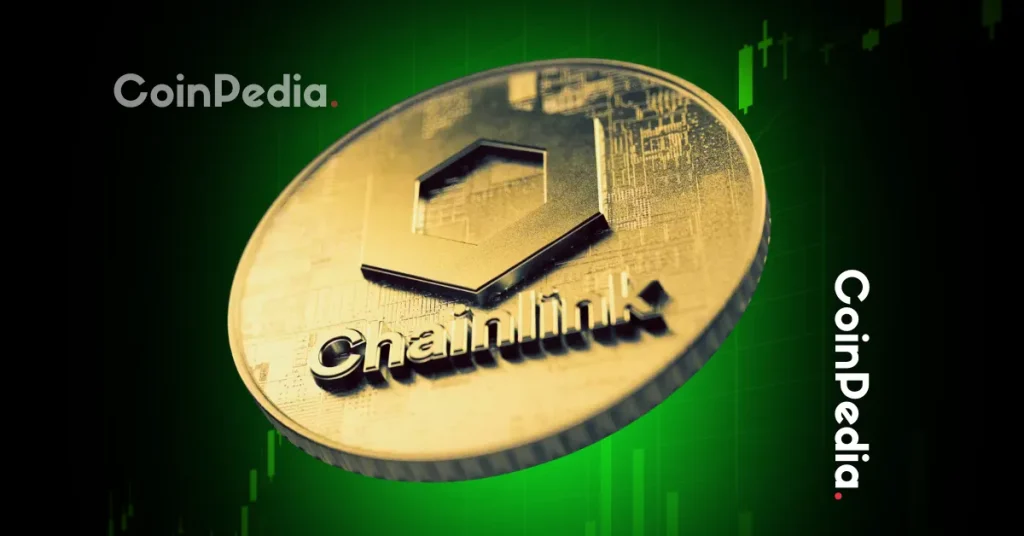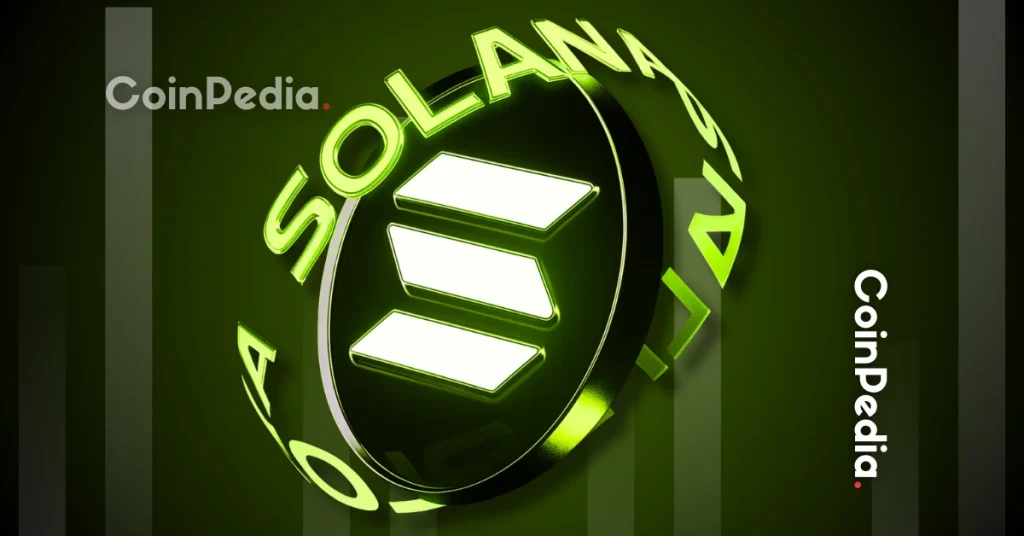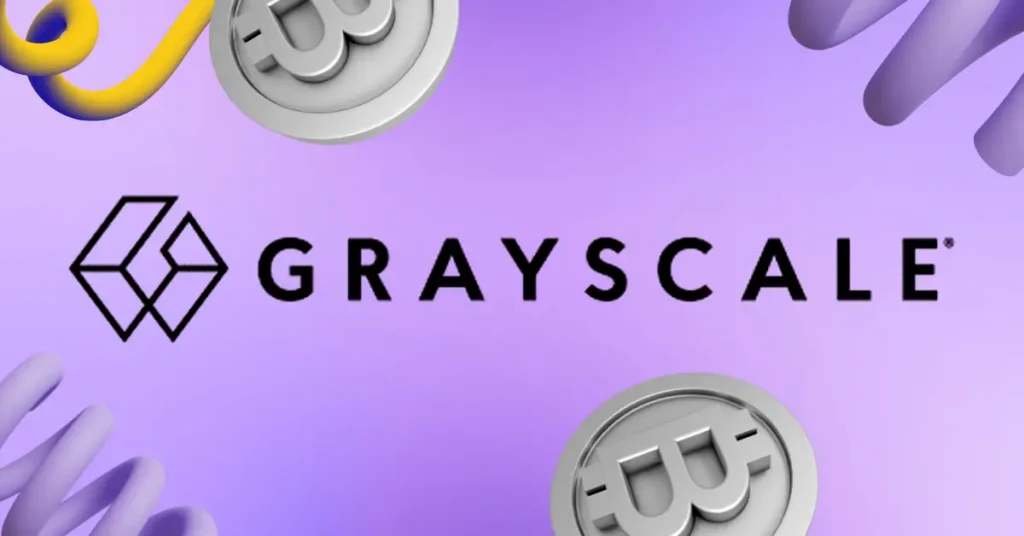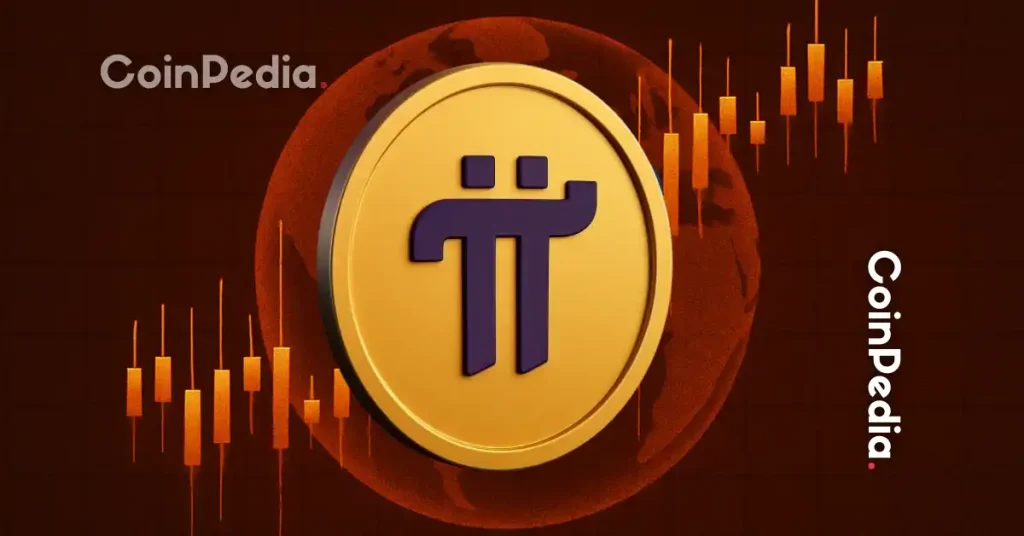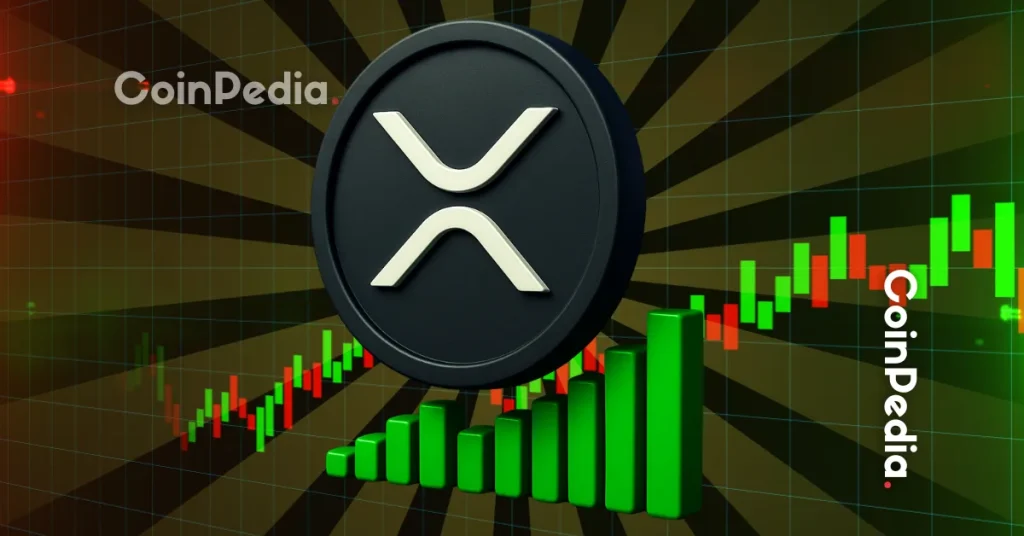BitcoinWorld Massive Ethereum Staking Move: What It Means for the Network A recent report by Whale Alert sent ripples through the crypto community: a colossal Ethereum transfer of 60,000 ETH, valued at approximately $262 million, moved from Binance to the Binance Beacon Deposit contract. This isn’t just another large transaction; it signals a significant commitment towards Ethereum staking and the network’s long-term health. For anyone tracking the evolution of decentralized finance, understanding the implications of such a substantial move is absolutely crucial. What is This Massive Ethereum Staking Transfer All About? The Beacon Deposit contract is a pivotal component of Ethereum’s transition to a Proof-of-Stake (PoS) consensus mechanism, often referred to as Ethereum 2.0 or simply "the Merge." When funds are sent to this contract, they are essentially being committed for Ethereum staking . Staking involves locking up ETH to help secure the network and validate transactions, in return for rewards. Binance, as one of the world’s largest cryptocurrency exchanges, acts as a significant facilitator for users who wish to participate in Ethereum staking without running their own validator nodes. This 60,000 ETH transfer represents a substantial aggregation of funds, likely from numerous users pooling their resources through Binance’s staking services. It underscores the growing institutional and retail confidence in Ethereum’s future. Why Does This Crucial Ethereum Staking Move Matter? Such a significant Ethereum transfer to the Beacon Deposit contract carries multiple layers of importance for the entire ecosystem: Enhanced Network Security: More staked ETH means a more secure network. A higher amount of capital is required to compromise the chain, making it more robust against attacks. Increased Decentralization (Potentially): While large centralized entities like Binance hold significant amounts, the overall increase in staked ETH contributes to the network’s resilience. The goal of Ethereum staking is to distribute validation power. Market Confidence: A large transfer of this nature often signals strong belief in Ethereum’s long-term value proposition and the success of its PoS model. It can positively influence market sentiment. Yield Generation: For those participating in Ethereum staking , this move contributes to the overall pool of staked ETH, which directly impacts the staking yield. More participants mean the network is more robust, but it can also affect individual reward rates over time. However, it’s also important to acknowledge potential challenges. Large transfers from centralized exchanges can raise questions about the centralization of staking power. The Ethereum community continually debates how to balance accessibility for smaller stakers with the efficiency offered by large pooling services. Understanding the Mechanics of Ethereum Staking Participating in Ethereum staking typically requires a minimum of 32 ETH to run a full validator node. This amount can be prohibitive for many individual investors. Consequently, services offered by exchanges like Binance or decentralized liquid staking protocols have become popular. These services allow users to stake smaller amounts of ETH, pooling them with others to reach the 32 ETH threshold required for a validator. When Binance transfers 60,000 ETH to the Beacon Deposit, it’s essentially setting up new validator nodes or adding to existing ones on behalf of its users. These validators then propose and attest to new blocks on the Ethereum blockchain, receiving rewards for their service. The rewards are then distributed proportionally among the users who contributed to the staked pool, after accounting for any service fees. The Future Outlook for Ethereum Staking The commitment to Ethereum staking is only expected to grow. With the successful implementation of the Merge, the next major upgrade, Shapella (Shanghai + Capella), enabled stakers to withdraw their ETH, removing a significant barrier for many potential participants. This move has further solidified confidence in the liquidity and flexibility of staking. Furthermore, innovations in liquid staking, where users receive a liquid token representing their staked ETH (e.g., stETH), are making Ethereum staking even more accessible and capital-efficient. This allows stakers to use their staked assets in other DeFi protocols while still earning staking rewards. Institutional interest is also on the rise, with more financial institutions exploring ways to participate in this lucrative and essential aspect of the Ethereum network. This massive Ethereum transfer to the Beacon Deposit contract is more than just a large transaction; it’s a testament to the ongoing evolution and strengthening of the Ethereum network. It highlights the growing participation in Ethereum staking , reinforcing the network’s security and long-term viability. As Ethereum continues its journey, such significant moves will remain key indicators of its health and the collective confidence in its decentralized future. Frequently Asked Questions About Ethereum Staking Here are some common questions regarding Ethereum staking and large transfers: What is the Beacon Deposit contract? The Beacon Deposit contract is a smart contract on the Ethereum blockchain where ETH is sent to initiate the staking process for Ethereum’s Proof-of-Stake chain. It’s crucial for securing the network. Why did Binance transfer such a large amount of ETH? Binance facilitates Ethereum staking for its users. This large transfer likely represents pooled ETH from many individual users who opted to stake their funds through the exchange’s services. What are the benefits of Ethereum staking? Staking helps secure the Ethereum network, contributes to its decentralization, and allows stakers to earn rewards for their participation in validating transactions. Can I withdraw my staked ETH? Yes, after the Shapella upgrade, stakers are now able to withdraw their staked ETH and earned rewards, providing more flexibility and liquidity. Is Ethereum staking risky? While generally considered safe, risks include potential validator penalties (slashing) for misbehavior, smart contract vulnerabilities in staking pools, and the volatility of ETH’s price. Found this analysis of the massive Ethereum staking transfer insightful? Share this article with your network on social media to help more people understand the crucial developments shaping Ethereum’s future! To learn more about the latest Ethereum staking trends, explore our article on key developments shaping Ethereum’s institutional adoption. This post Massive Ethereum Staking Move: What It Means for the Network first appeared on BitcoinWorld and is written by Editorial Team



